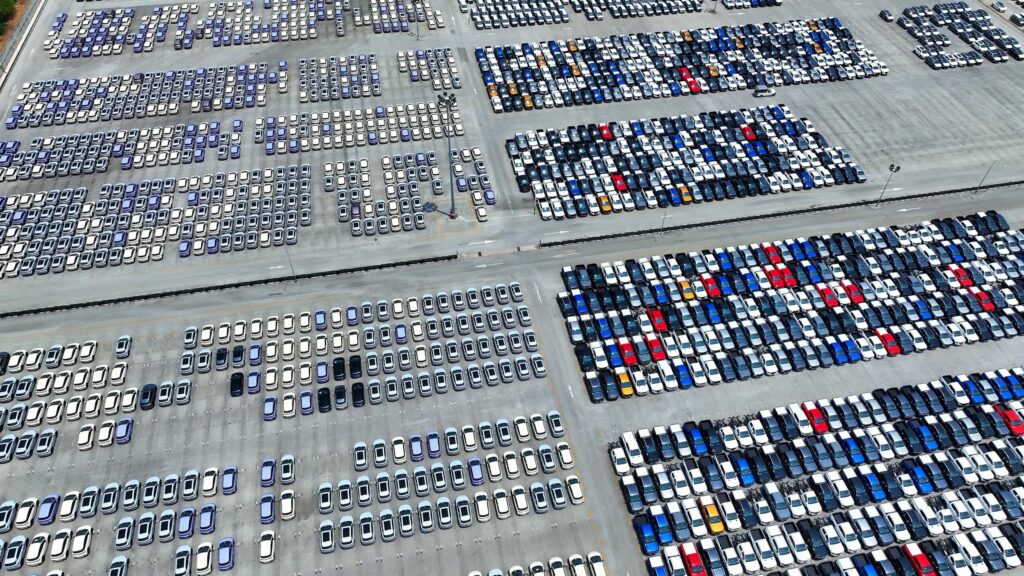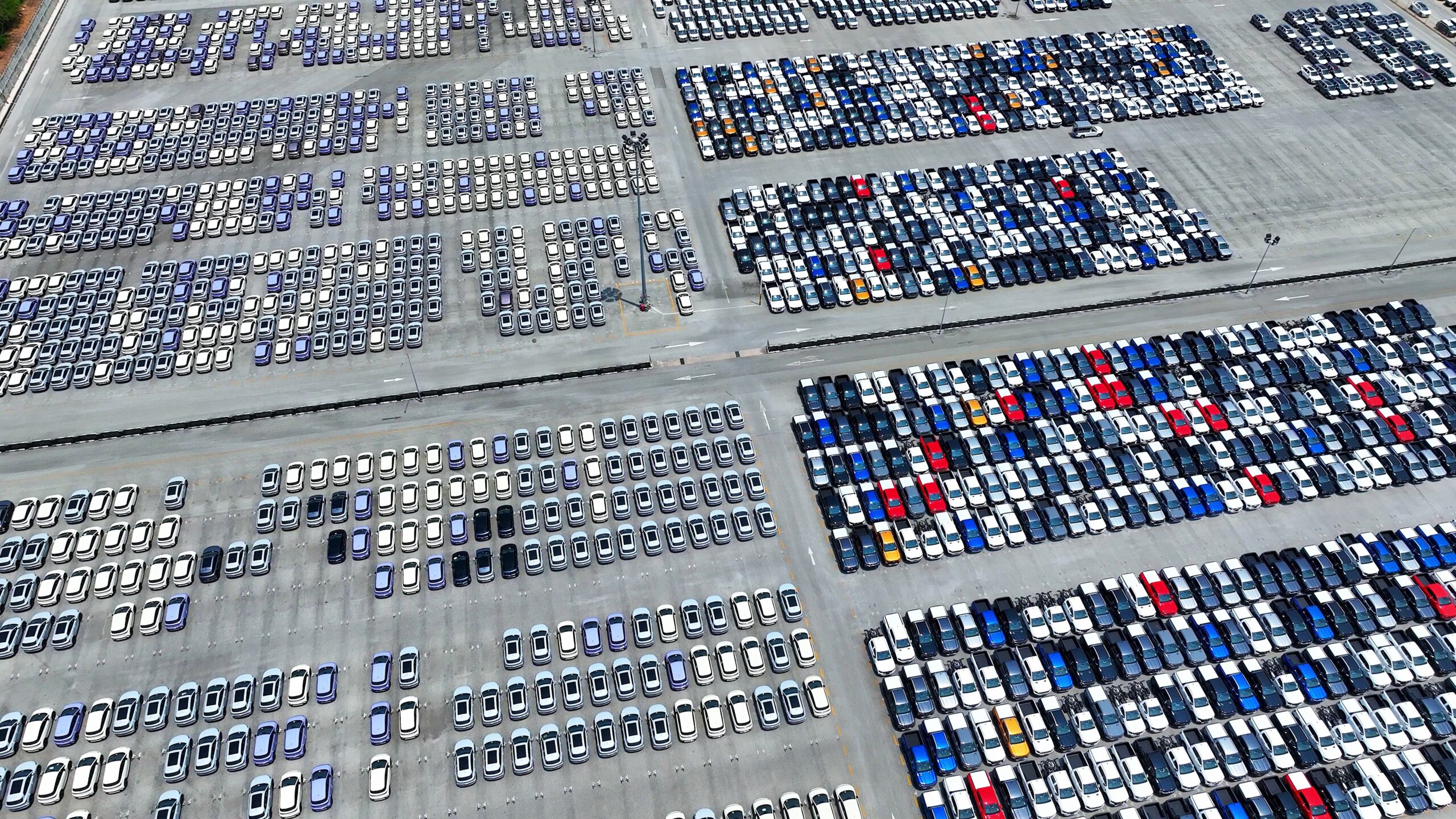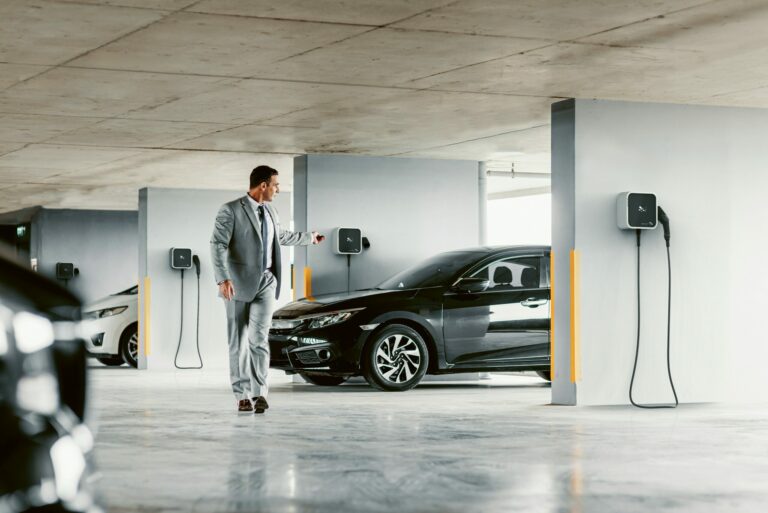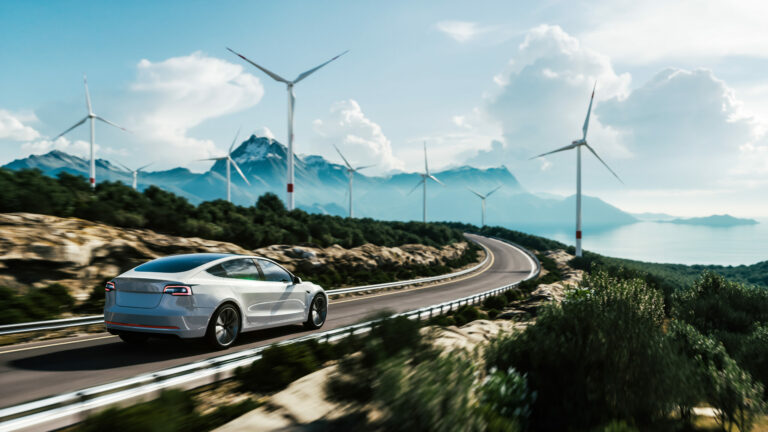The global electromobility market continues to grow at a steady pace. According to the latest figures published by analyst firm Rho Motion, sales of 100% electric vehicles (BEVs) and plug-in hybrids (PHEVs) reached 1.9 million units in October 2025, an increase of 23% on last year. This figure confirms that electric vehicles are becoming a permanent fixture on the global automotive landscape, although not everywhere at the same speed.

China keeps the lead, Europe accelerates
Unsurprisingly, China remains the world’s biggest market. With almost 1.3 million sales in one month, the « Middle Kingdom » continues to dominate the sector, even if its growth is slowing slightly (+6%). This growth could accelerate further before a likely drop in sales. This would follow recent political announcements, namely the reduction in the tax exemption rate for new-energy vehicles by the end of 2025.
Europe, meanwhile, put in a remarkable performance: up 36% in one year, with 372,786 units sold. This performance was driven by the rise in popularity of more affordable models and by public policies that still largely support the purchase of zero-emission vehicles.
North America in difficulty
Conversely, North America (United States and Canada) is going through a more difficult period. Sales fell by around 41% in October. The main reason for this sharp fall is the expiry in the US of the $7,500 federal tax credit, which acted as a pillar for sales of electric models and which will disappear on 30 September 2025.
Analysts say that this drop is mainly due to the fact that electrified vehicles in the US are still much more expensive than combustion-powered vehicles. In their opinion, this figure is also a « lag effect », as many American buyers anticipated their purchases before the end of the budget incentives.

The « rest of the world »: rapid but still limited growth
Behind the three major historical blocs (China, Europe and North America), the ‘rest of the world’ encompasses highly heterogeneous markets: South Asia, the Middle East, Africa, Oceania and parts of Latin America.
According to Rho Motion, these regions recorded average growth of +37% in October. This significant growth was driven by :
- In India, electrification programmes have accelerated under the Modi government, which is targeting a 30% market share for electric vehicles by 2030. The country is increasing tax incentives and developing battery and assembly plants.
- In the Middle East, various countries are investing colossal sums in recharging infrastructure.
- The rise of new markets such as Thailand, Australia and Brazil.
But despite this acceleration, the « rest of the world » represents only a tiny fraction of the global ecosystem.
A solid market overall, but one that is increasingly contrasted
In all, more than 16.5 million electrified vehicles were sold worldwide between January and October 2025, at the same rate (+23%) for the year as a whole. While this growth remains robust, it also reflects the maturing of the market: growth is no longer uniform, and the regions are now moving forward at very different speeds:
- Europe is confirming its upward trajectory and wants to stay in touch with the Chinese giant, despite the economic tensions.
- China remains a key market, with large volumes driving the global market.
- North America is lagging behind, revealing that the country is still too dependent on fiscal policies and budgetary incentives.
- The « rest of the world », meanwhile, is showing dynamic growth (+37%). An encouraging figure, but still too marginal in terms of volumes.

The transition is progressing, but not at the same pace everywhere
These figures are a reminder of one fact: electromobility is not a linear phenomenon. It is growing, but with very different dynamics on different continents. The size of the Chinese market makes any global analysis highly dependent on Chinese figures, which can mask weaker situations in other regions.
Electromobility is moving forward, but at different speeds.















